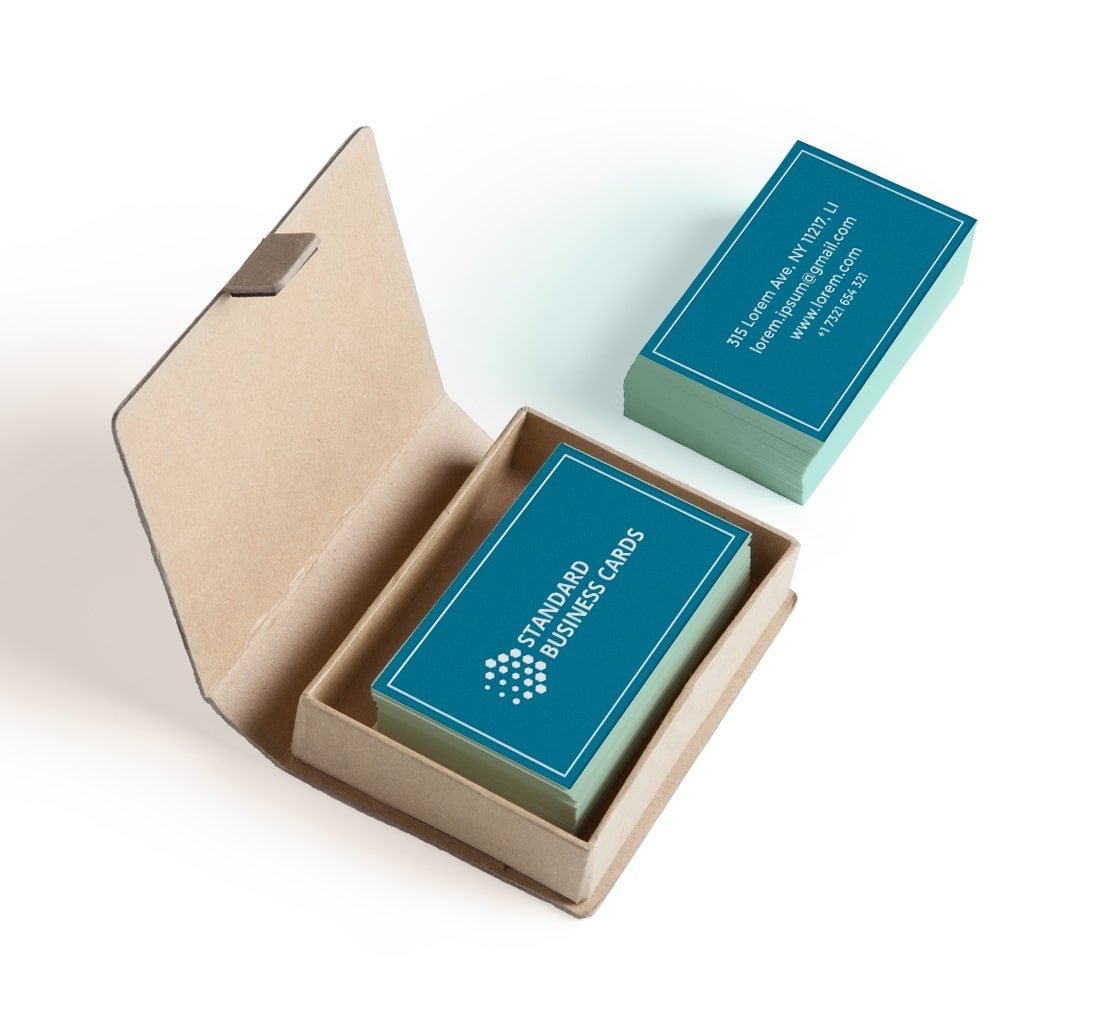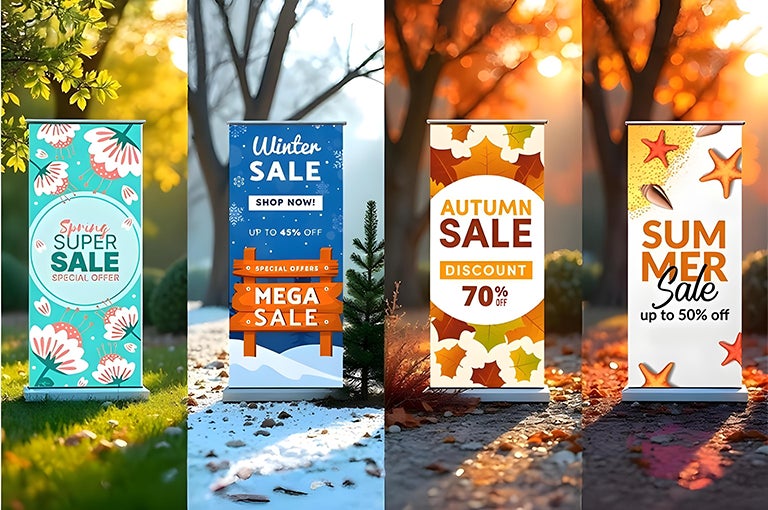
In a competitive business landscape, capturing customer interest and inspiring action is more challenging than ever. With endless options at their fingertips, brands need more than just basic promotions – they need to motivate customers, establish trust, and drive conversions effectively.
Popular Products
One proven method for a persuasion framework is Monroe’s Motivated Sequence – a five-step strategy designed to capture attention, highlight a problem, offer a solution, create visualization, and inspire action. While this sequence is commonly used in long-form sales presentations and marketing strategies, applying all five steps effectively in limited advertising spaces, such as ads, banners, signage, and product descriptions, requires a strategic approach.
So, how can you motivate customers effectively with concise messaging? By using the right words. Strategic word choices can subtly guide potential customers through Monroe’s sequence, even in a few seconds. Below, we explore five high-impact words that persuade, engage, and drive conversions.
1. Capture Attention with “YOU”
Personalization is a proven way to engage customers instantly. While addressing every customer by name isn’t feasible in most marketing material, the word “YOU” creates an immediate connection and makes the message feel personal.
Data Insight: “Brands that personalize promotional marketing emails experience 27% higher unique click-through rates.”
By speaking directly to the customer, brands create an instant connection that makes the message feel relevant and personal. Whether on a billboard, in an email subject line, or in ad copy, incorporating “you” makes the audience feel like the message was crafted specifically for them. It increases the likelihood of engagement.
Example: “YOU deserve the best – shop our latest collection today!”
Where to Use It: Website headlines, email marketing, banner ads, landing pages, product descriptions.
2. Highlight the Problem with “AVOID”
Customers are naturally driven to prevent losses than they are to pursue gains – a concept known as loss aversion. Using the word “AVOID”, brands can highlight potential risks and position their products or services as the solution customers need.
Data Insight: Studies show that people are twice as likely to take action when trying to avoid a loss rather than when seeking a benefit.
By tapping into this psychological trigger, businesses can create a sense of urgency and drive quick decision-making. Instead of just listing benefits, shift the focus to the consequences of inaction.
Example: “AVOID costly repairs – protect your investment with our maintenance plan.”
Where to Use It: Service-based industries, insurance providers, B2B SaaS solutions, and warranties.
3. Make Things Simple with “EASY”
Consumers are drawn to convenience. They don’t just want their problems solved; they want them solved easily. The word “EASY” reassures them that the process will be straightforward, stress-free, and time saving.
Data Insight: Research indicates that customers are more likely to engage with brands that simplify their purchasing journey, minimize effort, and offer clear, simple solutions.
By emphasizing simplicity, brands reduce friction and increase conversions, whether it’s for onboarding, product setup, or purchasing.
Example: “EASY setup – start using our software in minutes!”
Where to Use It: Tech solutions, subscription services, customer onboarding, how to guides.
4. Spark Visualization with “IMAGINE”
Emotional connection plays a crucial role in influencing purchasing decisions. The word “IMAGINE” encourages customers to picture themselves benefiting from your product or service. It invites them to visualize a better outcome, making the solution feel more tangible and desirable.
Consider how car advertisements showcase SUVs driving through rugged terrains, even though most are driven in cities. This approach creates an aspirational desire, helping customers see themselves using the product in their ideal scenario.
Example: “IMAGINE a hassle-free way to manage your business – our solution makes it possible.”
Where to Use It: Luxury brands, travel and hospitality, real estate, and lifestyle products.
5. Create Urgency with “NOW”

Urgency is a powerful motivator of action. Customers are more likely to act when they feel a limited-time opportunity slipping away. The word “NOW” triggers FOMO (fear of missing out), encourages customers to act immediately, reduces procrastination and increases conversions.
Data Insight: “Now” is one of the most effective call-to-action (CTA) triggers, boosting conversion rates by up to 147% when used in promotional messaging.
Beyond traditional sales tactics like “Limited Time Offer” or “Act Now”, brands can incorporate “Now” in more subtle yet equally effective ways.
Example: “Sign up NOW and get 20% off your first order!”
Where to Use It: CTAs, promotional banners, flash sales, lead generation forms.
Final Thoughts
Motivating customers doesn’t always require complex strategies or lengthy messaging. The right words, used strategically, can capture attention, drive engagement, build urgency, and increase sales. By integrating Monroe’s Motivated Sequence into your marketing language, you can craft persuasive and results-driven communications that guide customers toward action.
Key Takeaways: 5 Words That Motivate Customers
- YOU – Grabs attention and creates a personal connection.
- AVOID – Emphasizes problems and the importance of preventing loss.
- EASY – Highlights simplicity and convenience.
- IMAGINE – Encourages customers to visualize the benefits.
- NOW – Instills urgency and drives immediate action.
Whether you’re enhancing digital campaigns, refining your website copy, or crafting compelling signage, integrating these five elements will help you engage customers more effectively and increase conversions. Start using them today and watch your customer engagement soar!


























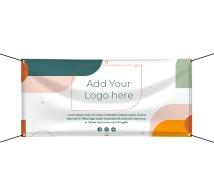



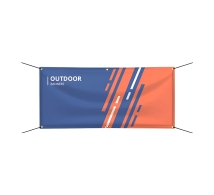
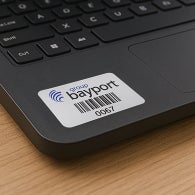

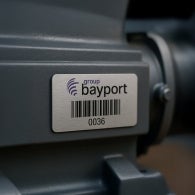
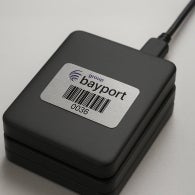
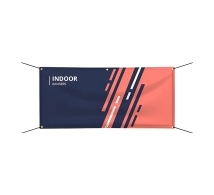
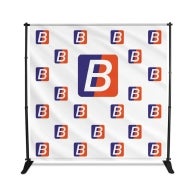
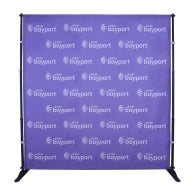
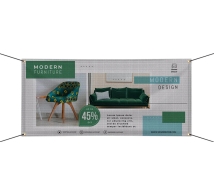

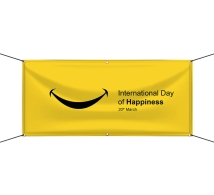




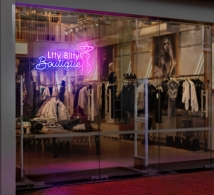

 Posted in
Posted in





